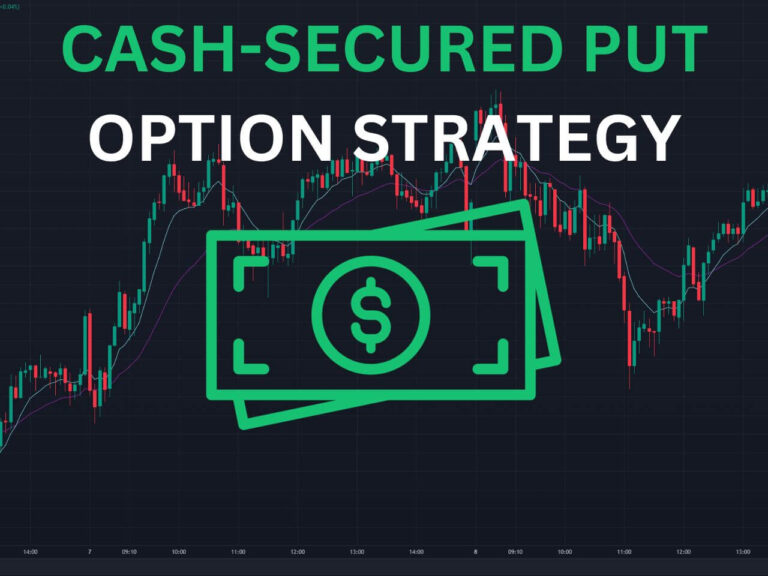Elon Musk Height and Weight: The Tall Tale of a Billionaire
Who is Elon Musk? Elon Musk, co-founder of SpaceX and Tesla Motors, is a towering figure in more ways than one. This article delves into his physical stature, specifically his height and weight, and explores the intriguing connection between height and success. How Tall is Elon Musk in Feet (FT)? At 6 feet 1.5 inches,…










